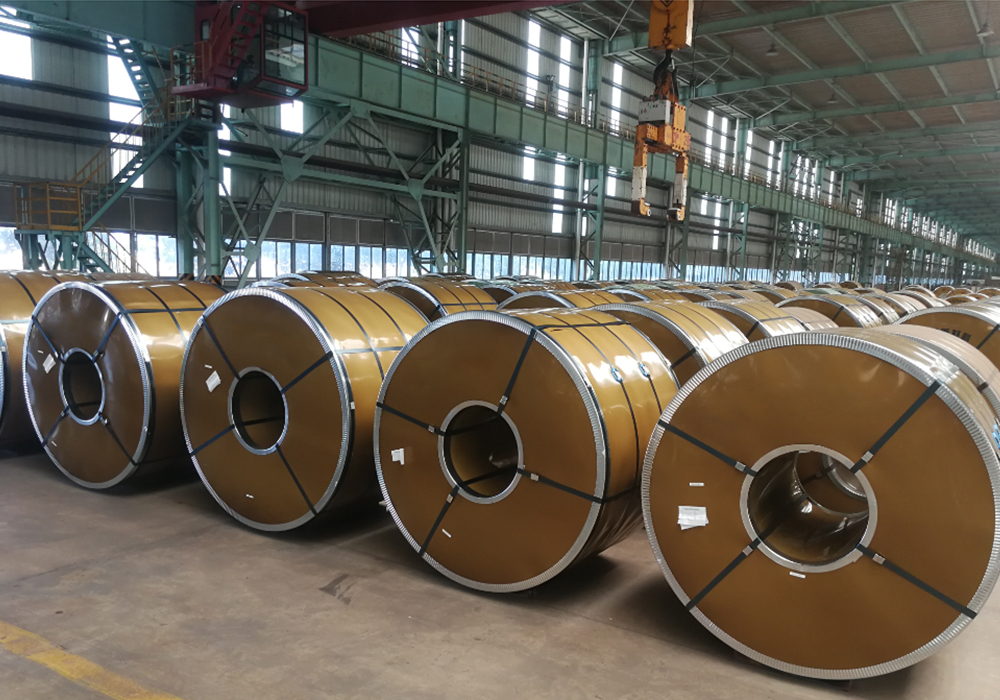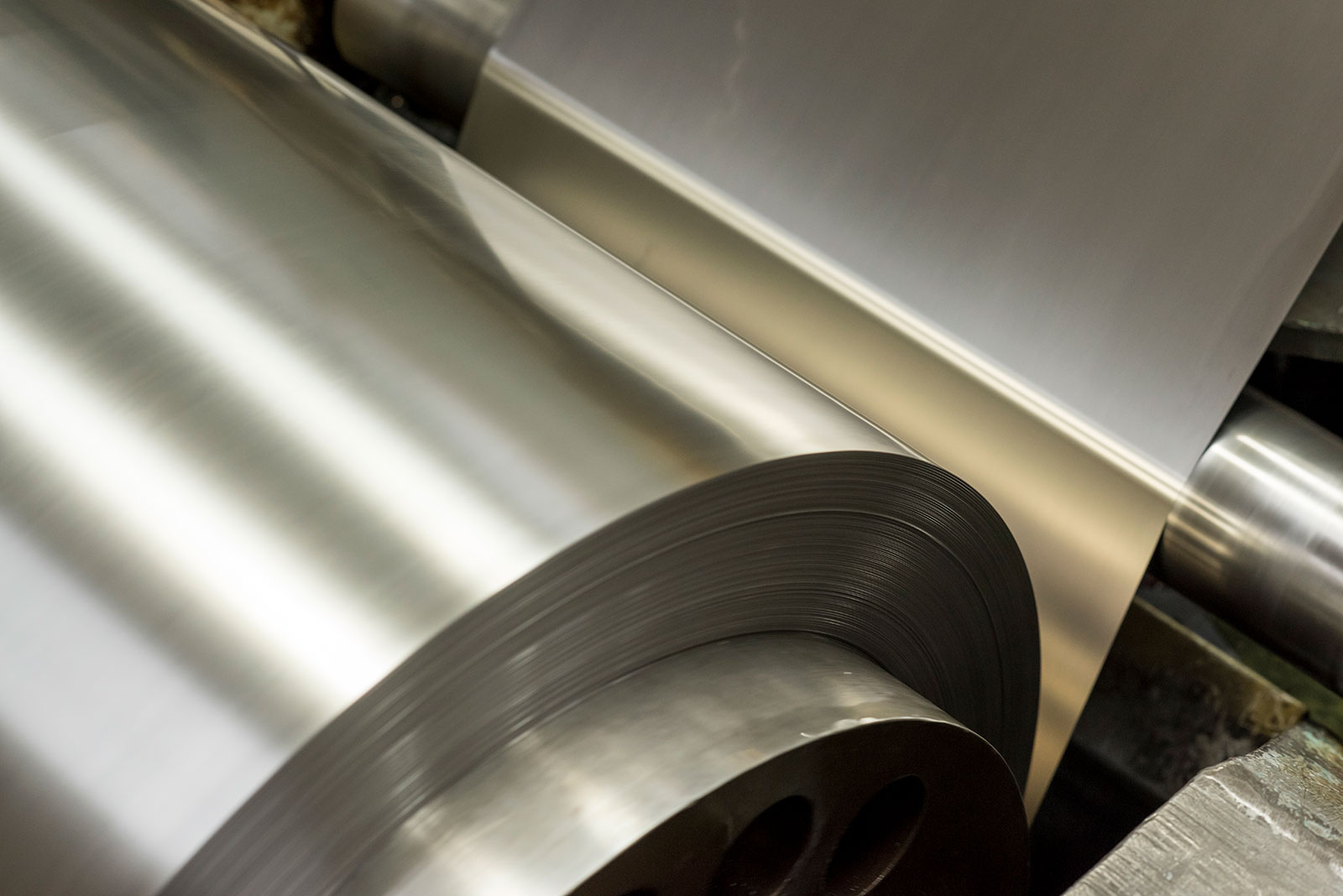443 stainless steel is a common type of chromium stainless steel. Due to its superior performance and broad applications, it has been warmly welcomed by various industries. This article will delve into the elemental content, application areas, and advantages of 443 stainless steel.
Elemental Composition of 443 Stainless Steel
443 stainless steel is a ferritic stainless steel with a high chromium content. Its chemical composition mainly includes Carbon (C), Chromium (Cr), Manganese (Mn), Silicon (Si), Phosphorus (P), Sulfur (S), and other elements. The specific elemental content is as follows:
Carbon (C): ≤0.025%
Chromium (Cr): 21.0-24.0%
Manganese (Mn): ≤1.0%
Silicon (Si): ≤1.0%
Phosphorus (P): ≤0.04%
Sulfur (S): ≤0.03%
The characteristic of 443 stainless steel lies in its high chromium content, which gives it excellent corrosion resistance. The low carbon content ensures that 443 stainless steel remains stable during welding, preventing intergranular corrosion. Additionally, 443 stainless steel contains moderate amounts of manganese and silicon, which further enhance its strength and toughness.
General Mechanical Properties of 443 Stainless Steel
1. Tensile Strength: The tensile strength of 443 stainless steel typically ranges from 690 to 900 MPa, showcasing its high strength.
2. Yield Strength: Generally, the yield strength of 443 stainless steel is between 345 to 690 MPa. Yield strength indicates the stress level at which the material begins to undergo plastic deformation.
3. Elongation: The elongation rate of 443 stainless steel generally lies between 25% to 35%. Elongation indicates the degree of plastic deformation the material can undergo before breaking, representing its ductility.
4. Hardness: The hardness of 443 stainless steel typically ranges from 150 to 220 Brinell Hardness (HB). Hardness indicates the material’s ability to resist local plastic deformation and scratching.
It’s important to note that the specific mechanical properties may vary depending on the manufacturer, heat treatment, and processing methods. Therefore, when using 443 stainless steel, it’s recommended to refer to specific material specification sheets and technical data to obtain accurate mechanical property parameters.
Application Areas of 443 Stainless Steel
443 stainless steel, with its outstanding performance, finds extensive applications in various fields. Here are the primary application areas of 443 stainless steel:
1. Home Appliance Manufacturing: Due to its good corrosion and oxidation resistance, 443 stainless steel is commonly used in manufacturing various household appliances, such as refrigerators, air conditioners, and washing machines.
2. Automotive Industry: The high strength and wear resistance of 443 stainless steel make it widely used in the automotive industry, often employed in manufacturing critical components like exhaust systems and braking systems.
3. Food and Beverage Industry: The corrosion resistance and non-toxicity of 443 stainless steel make it highly suitable for the food and beverage industry, often used in manufacturing various utensils and kitchenware.
4. Oil and Chemical Industry: The high-temperature resistance and acid and alkali resistance of 443 stainless steel make it highly applicable in the oil and chemical industry, often used in manufacturing various high-pressure and high-temperature equipment and pipelines.
Advantages of 443 Stainless Steel
The advantages of 443 stainless steel are mainly reflected in the following aspects:
1. Excellent Corrosion Resistance: The high chromium content of 443 stainless steel provides it with excellent corrosion resistance, maintaining good performance in various corrosive environments.
2. Good Welding Performance: The low carbon content of 443 stainless steel ensures stability during welding, preventing intergranular corrosion. This makes the manufacturing process of 443 stainless steel more convenient and flexible.
3. High Strength and Wear Resistance: 443 stainless steel contains moderate amounts of manganese and silicon, which further enhance its strength and toughness. As a result, the material excels in high-strength and wear-resistant applications.
4. Outstanding Heat Resistance and Oxidation Resistance: 443 stainless steel maintains its anti-oxidation and anti-corrosion properties even in high-temperature environments, making it an ideal material choice for high-temperature applications.
5. Broad Application Areas: Due to the aforementioned advantages of 443 stainless steel, it finds extensive applications across multiple industries, further enhancing its market value.
Conclusion
In summary, 443 stainless steel is a material with superior performance. Its high chromium content provides it with excellent corrosion and oxidation resistance, while its low carbon content ensures stability during welding. Additionally, the material contains moderate amounts of manganese and silicon, enhancing its strength and toughness. 443 stainless steel is widely used in home appliance manufacturing, the automotive industry, the food and beverage industry, and the oil and chemical industry, among others. Whether from a performance perspective or its application areas, 443 stainless steel holds significant advantages. This article hopes to provide a deeper understanding of 443 stainless steel.
At Aoxing Mill, we pride ourselves on our deep understanding and utilization of 443 stainless steel. Recognizing its unique elemental composition, mechanical properties, and diverse applications, we are committed to harnessing its potential to meet the evolving needs of our clients. As industry leaders, Aoxing Mill continues to champion the use of 443 stainless steel, ensuring that our stakeholders benefit from its unparalleled advantages in various sectors.
Post time: Aug-28-2023




